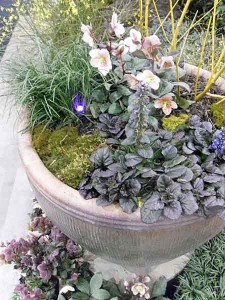

It’s capable of growing as much or more than 6 feet each year, reaching a height of 70 feet or more. It’s found near ponds and lakes and grows quite tall and large. The American plane tree is a fast-growing shade tree and is also called the sycamore. They’re commonly found near ponds, rivers, and lakes. They’re easy to maintain and often lend themselves to being planted singly or in a small clump. Weeping willows grow at a fast pace and can reach heights of from 30 to 40 feet and almost the same width. Its green foliage and yellow twigs are often seen as the first indication of the arrival of the spring season. It’s most popularly known for an open crown of ground-sweeping, wispy branches and long leaves. The weeping willow is also called the Salix babylonica. These trees don’t require a lot of maintenance, though they lose their needles every winter so they might require some cleanup. They give a heightened aesthetic appeal when grown in a line.ĭawn redwoods can grow from 70 to 100 feet in height, with a spread of 25 feet. They quickly grow to very tall heights, offering a pyramidal shape. This species of tree has beautifully colored bark and luscious green foliage. The dawn redwood is a popular type of tree that was discovered in China.
#HOUZZ FORUMS SHADE TREE FULL#
Tulip poplars grow well in full sun when they can grow freely. Due to their leaf shape, they provide excellent shade, regardless of the landscape. These trees also have an attractive leaf shape and flower in the spring. They can reach 60 to 90 feet high, but their spread is only 30 to 50 feet. Tulip poplars are considered one of the tallest and best shade trees for close to a house. However, you shouldn’t plant paper birch too close to the house or power lines. They prefer well-drained soil but are capable of tolerating drought. Paper birch grow best in clumps and can function as a woodland garden. It also boasts white bark that instantly adds to the beauty of your yard, especially when the tree starts dropping its leaves for the winter. It can reach a height of 40 to 70 feet with a spread of 30 to 60 feet. The paper birch is a fast-growing shade tree.

Here are a few of the best shade trees for close to a house: 1. Once you decide to plant shade trees close to your house, you can look at a variety of options that best suit your preferences and go ahead with the one that matches your needs.

What’s more, according to the University of Purdue, sitting under a shade tree provides you with an equivalent of SPF 10 sunblock. Based on studies, it’s been confirmed that the average US household can save up to 25 percent yearly in energy costs with well-placed shade trees. Not only that, planting shade trees also reduces energy consumption. You might be surprised to learn that shade trees are more effective in keeping homes cool than curtains or blinds. Did you know that proper landscaping design with the right shade tree can help you keep your house cooler and preserve your safe haven from harsh sunlight during the summers?


 0 kommentar(er)
0 kommentar(er)
